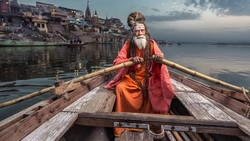India is a great country with a rich heritage. The grandeur of our past is irreplaceable and an inspiration to us. It is our responsibility to ensure we pass on the cultural heritage to our future generations. There are many architectural wonders across the country which were built by great kings, queens, and spiritual people. Only a few of them have been identified by UNESCO because of their historical and cultural values. We list them all here.
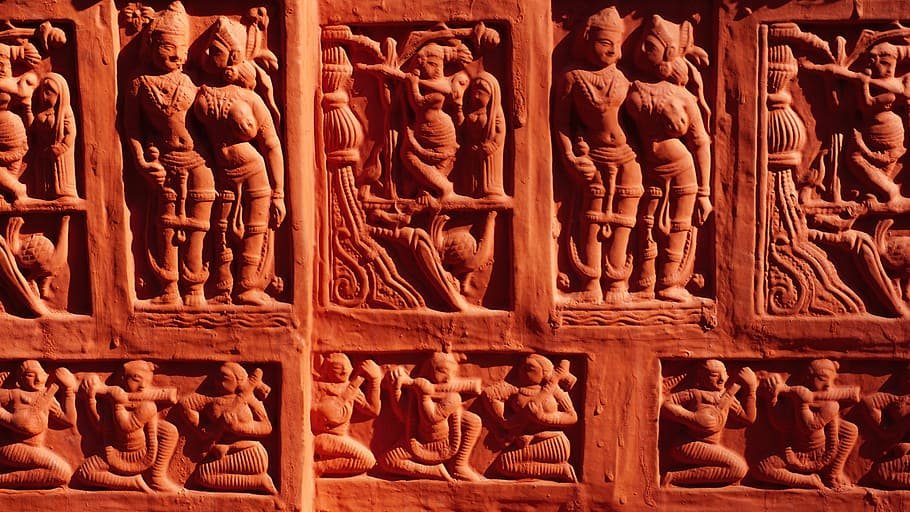
1)Ellora Caves
The Ellora Caves are one of the most popular World Heritage sites in India. It is one of the largest rock-cut caves in the world, featuring Hindu, Buddhist, and Jain monuments dating back to 600-1000CE. There are 34 temples and monuments which extend over 2 km.
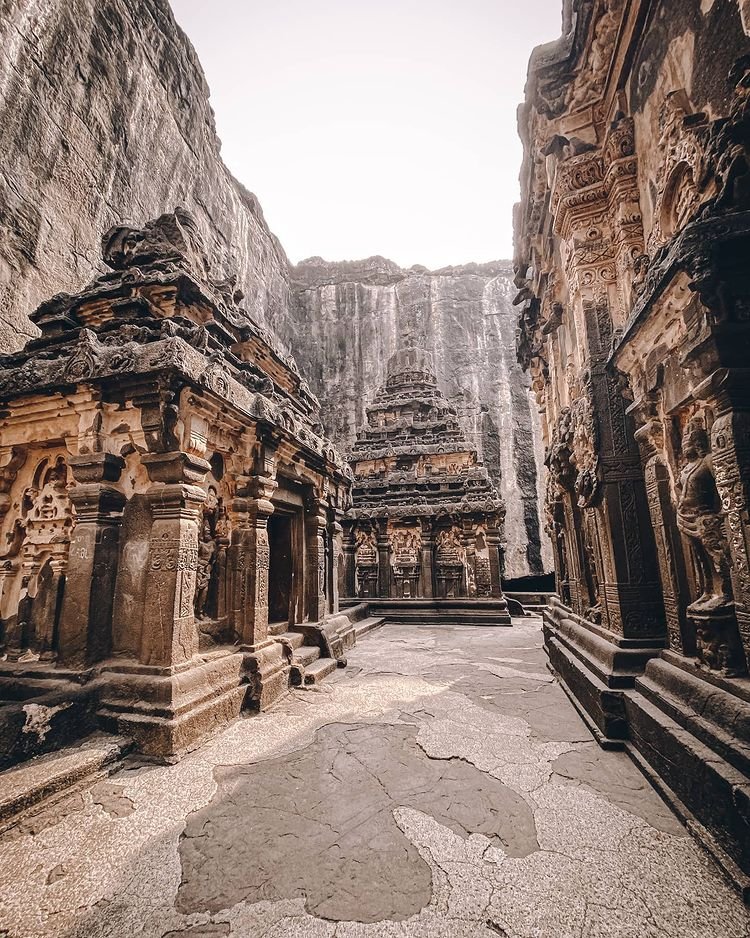
Location: Ellora, Maharashtra
Timings: 6 AM-6 PM
3)Taj Mahal
The Taj Mahal is one of the seven wonders of the world. It is an immense monument made up of white marble, built in Agra on the banks of the river Yamuna. The Mughal Emperor Shah Jahan dedicated this monument to the memory of his beloved wife, Mumtaz Begum. Millions of tourists from across the world visit this beautiful place every year.
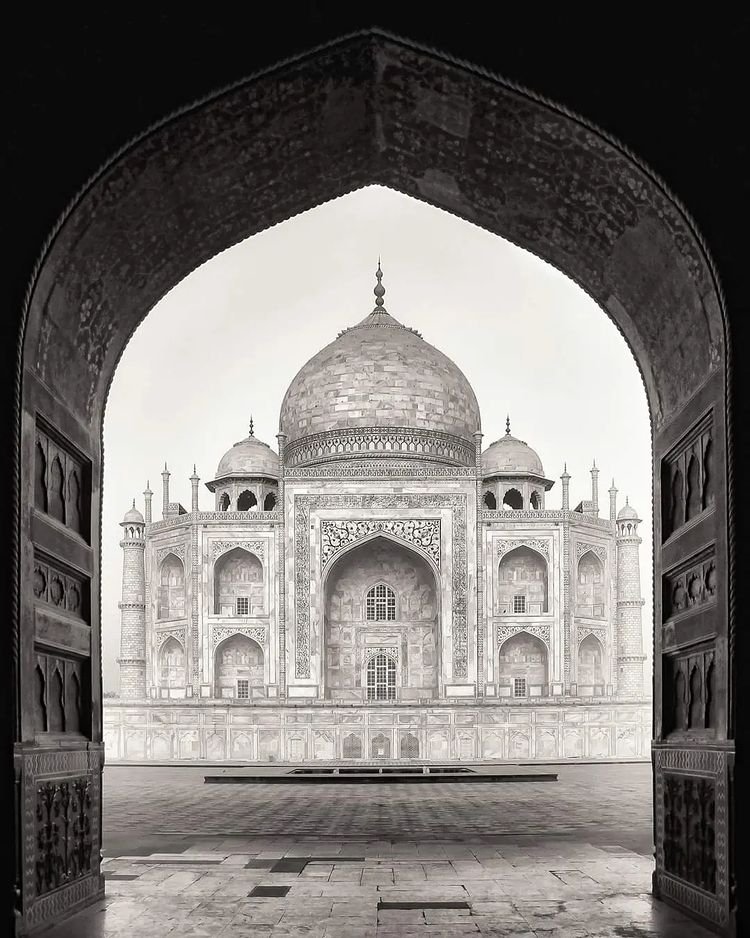
Location: Agra, Uttar Pradesh
Timings: 6 AM-7 PM
4)Khajuraho
Khajuraho is a popular UNESCO site in India, known for its elegant temples built in the period of the Chandela Dynasty. The temples at this place strike a perfect between the magnificent Nagara-style architecture and the distinguished sculptures of deities.
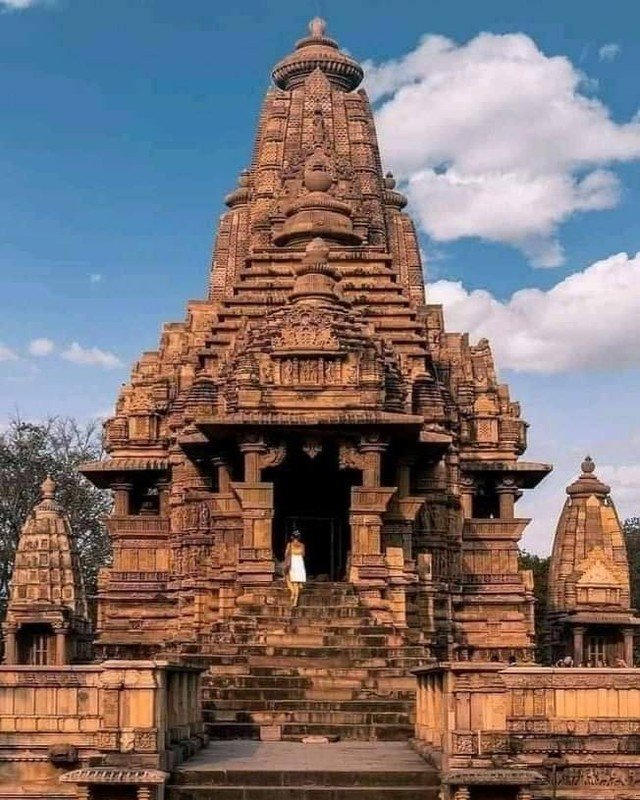
Location: Madhya Pradesh
Timings: 8 AM-6 PM
5)Hampi
Hampi is the city of temples, ancient forts, and other monuments. Located at the banks of the river Tungabhadra, many popular temples tell us different stories about the Hampi’s cultural legacy. Some of the popular places in Hampi are Virupaksha Temple, Elephant Stables, Vittala Temple, and the Statue of Ugra Narasimha.
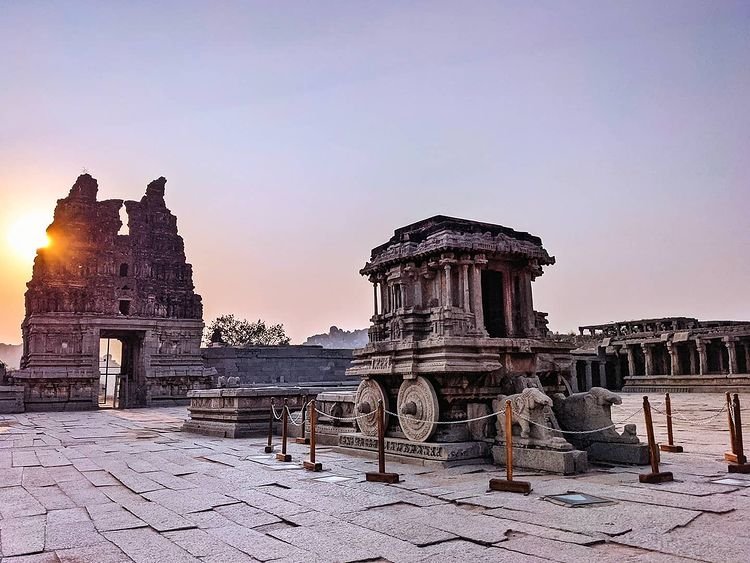
6)Qutub Minar
Qutub Minar is one of the oldest and tallest monuments in India. Built in the 13th century, the Qutub Minar stands at a height of 238 feet and was made with red sandstone. The popular rust-resistant iron pillar belonging to the Gupta Dynasty is in the mosque premises. The Qutub Minar and other monuments next to it were inscribed in the list of World Heritage Sites in 1993.
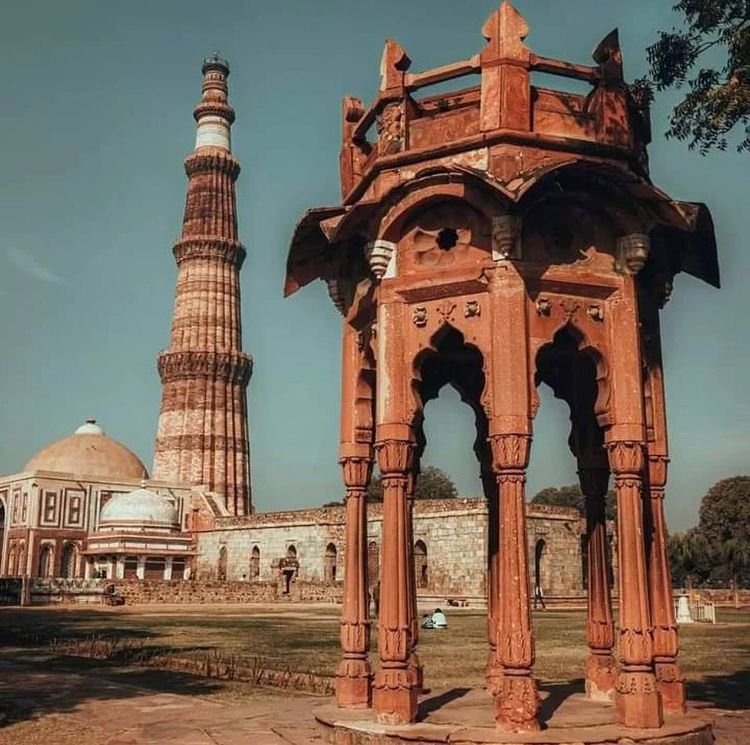
Location: Mehrauli, Delhi
Timings: 7 AM-5 PM
7)Ramappa Temple
The latest addition to the list of UNESCO World Heritage sites is the Ramappa Temple or the Kakatiya Rudreshwara Temple. The temple was built with sandstone during the Kakatiyan Period. Garnished beams, granite carved pillars and a unique inner sanctum made with lightweight bricks are the highlights of the temple. The main deity of the temple is Lord Shiva and there are other small temples surrounding the main temple.
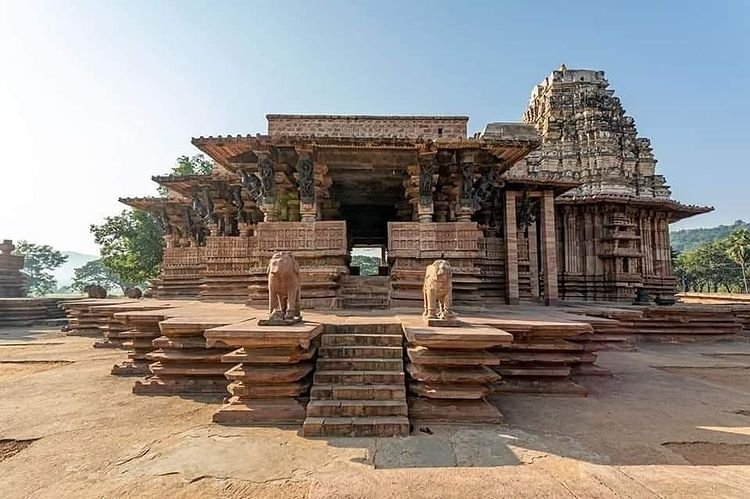
Location: Ramappa, Mulugu, Telangana
Timings: 6AM-6PM
8)Kaziranga National Park
The Kaziranga National Park is a great place to witness natural wildlife. It is located in the state of Assam. The National Park was added as a World Heritage Site in 1985. This beautifully protected park is home to tigers, elephants, one-horned Indian rhinoceroses, panthers, bears, and rare migratory birds. Tourists can visit this place from November to April.
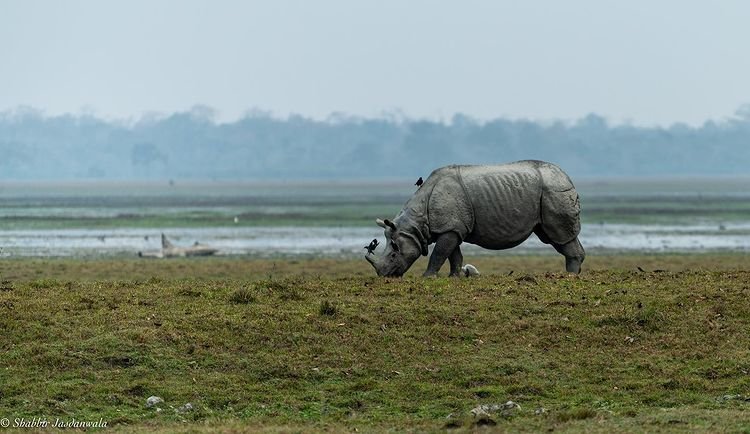
Location: Kanchanjuri, Assam
Timings: 24hours (November to April)
9)Rani Ki Vav
Rani Ki Vav or the Queen’s Stepwell is located on the banks of the Saraswati river. This unique monument is used as a water resource and storage system. The place is designed in the form of an inverted temple divided into seven levels of stairs surrounded by different combinations of mythological and religious sculptures. UNESCO added this beautiful masterpiece to its heritage site list in 2014.

Location: Patan, Gujarat
Timings: 8 AM-7 PM
10)Humayun’s Tomb
Humayun’s Tomb is the first-ever historical monument to introduced the ‘garden tomb’ concept to India. The place was built in the 16th century by Mirak Mirza Ghiyath for the Mughal Emperor Humayun. This magnificent tomb is surrounded by a marvellous charbagh garden with pools. The monument was an inspiration to Shah Jahan when constructing the Taj Mahal. In 1993, UNESCO included this place in its list.

Location: Delhi, India
Timings: 6 AM-6 PM
11)Ajanta Caves
The Ajanta Caves are one of the popular spots in Maharashtra. They are the perfect example of the brilliance of historical architecture. They were started by Sathahavans and more caves were added by the Gupta Dynasty. The Ajanta caves are the first-ever cave monuments of Buddhists which date back to the 1st and 2nd centuries. There are many magnificent paintings and sculptures which are considered as the masterpieces of Buddhist art.
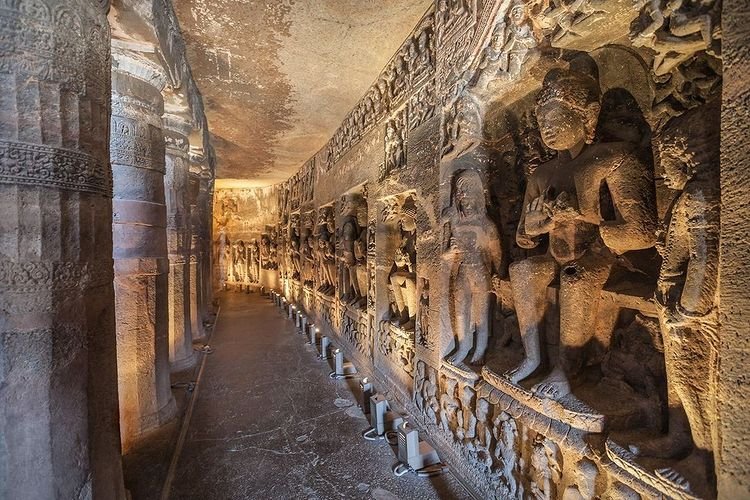
Location: Maharashtra
Timings: 9 AM-5 PM
12)Great Living Chola Temples
The Great Living Chola Temples are stretched over the Tamil Nadu region. The Brihadisvara Temple at Thanjavur and the Airavatesvara Temple at Darasuram were built during the Chola Dynasty. These popular temples are recognized by UNESCO as World Heritage Sites because they depict the Chola style of architecture, paintings, and sculptures.
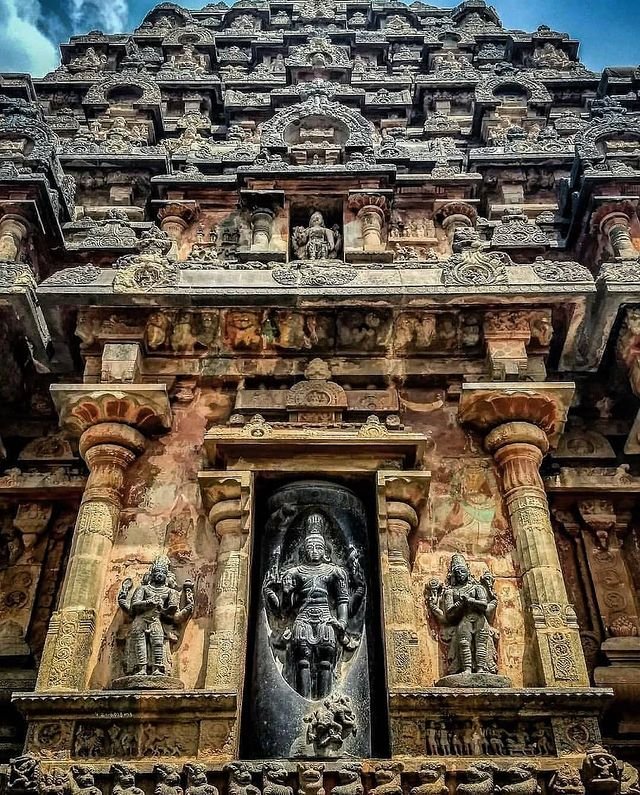
Location: Tamil Nadu
Timings: 8:30 AM-9 PM
These are some of the popular UNESCO World Heritage Sites in India. Other popular sites for visits in India include Fatherpur Sikri, Agra Fort, Elephanta Caves, Sundarban Park, Mahabodhi Temple, and others. All of these architectural wonders have a great history and they are the pride of our nation.

